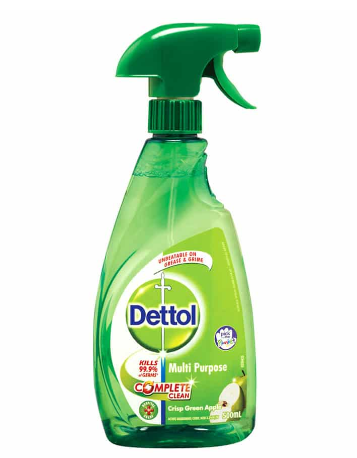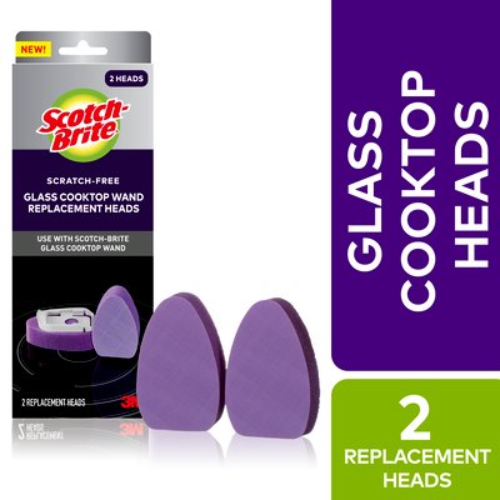Safe and Stylish: Designing the Perfect Backyard with a Fire Pit That Won’t Burn Bridges
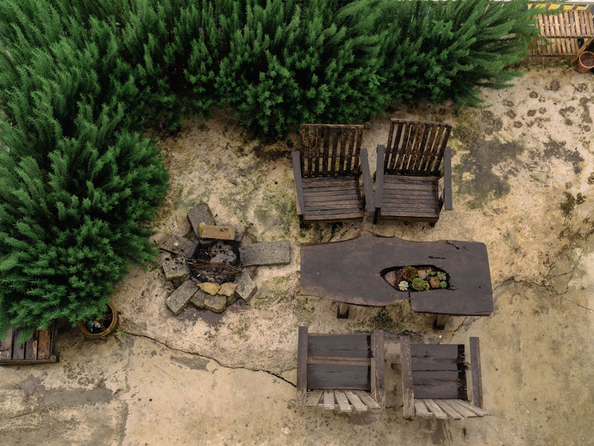
Everyone wants that “wow” backyard. But before you get lost in social media and mood lighting, there’s one glowing centerpiece that demands more than good taste: the fire pit. Plenty of people dive into backyard designs without realizing how fire pit safety affects layout, function, and even long-term maintenance.
Your Design Isn’t Ruined by Safety—It’s Built Around It
It’s not just a question of where it looks best, it’s about what won’t catch fire. Here’s a common mistake: someone adds a fire pit as an afterthought. They already built the pergola, laid the grass, installed the hammock… then realize, “Hey, a fire pit would be cool!”
Next thing you know, they’re squeezing it between two flower beds and a wooden bench. Don’t fall into that trap. Start your layout with the fire pit in mind. That way, you’re not retrofitting safety into an already-cramped space. Open areas away from the housework because airflow, clearance, and walkability are actually good design principles too.
Use the Best Materials for the Best Vibes
Steel pits for a modern vibe, concrete for minimalists, or rustic stone for the cabin-core crowd. No shame in chasing style. But your choice of materials affects not just the look, but also how it performs in heat, weather, and time. Avoid flammable surroundings like mulch or dry leaves.
Integrate the Fire Pit With Seating and Some Elbow Grease
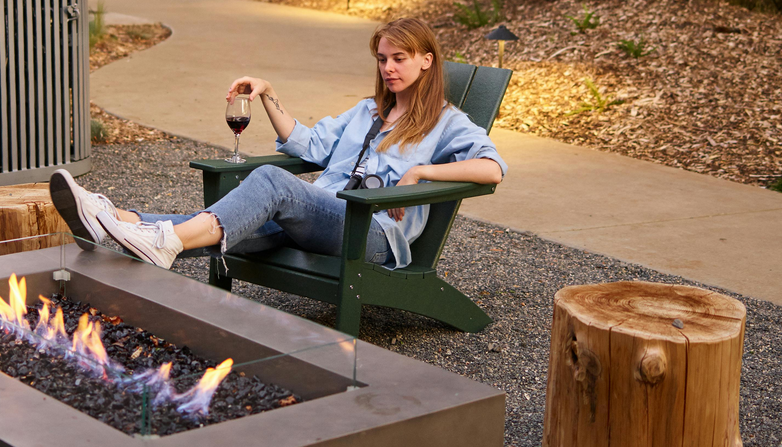
One big design win? Built-in seating around the pit. But don’t make it too close. Aim for at least three feet of distance between fire and seatbacks. You want warmth, not toasted jeans. Leave gaps for ventilation. Also, think about traffic flow. People shouldn’t have to squeeze past the pit holding a plate of food or a toddler.
Know That Night Lighting Matters More Than You Think
It’s one thing to light a fire. It’s another to walk back to the kitchen without tripping over a planter or stepping on a rogue Lego. Integrate low-voltage lighting or solar path lights around the fire pit area. This adds mood and helps people see where not to step.
Future-Proof Your Backyard Setup
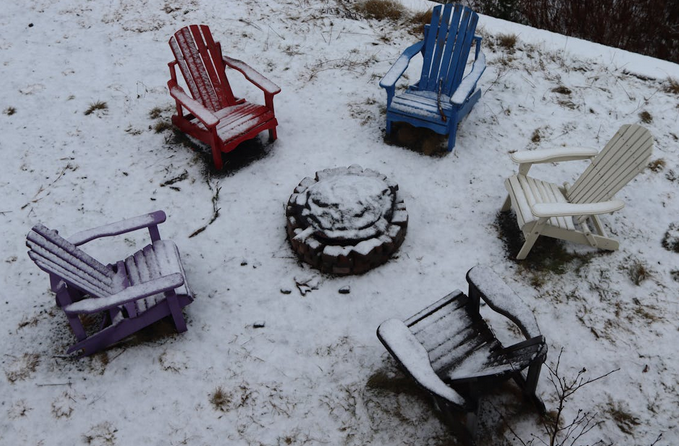
Think long-term. Your fire pit isn’t going away next year. So avoid placing it near growing trees or areas you plan to renovate soon. Trees spread, roots shift, and seating plans evolve. Design with change in mind so your fire pit doesn’t become an obstacle down the road. Also, consider storage. Do you have a weatherproof cover? A place to store firewood? A system to clean ashes without dragging soot through your patio? These details make or break usability. Great backyards aren’t just pretty. They work.
A fire pit shouldn’t feel like a hazard or an afterthought. If it’s part of your space, treat it like the anchor it is, with thought, safety, and a bit of swagger. With proper planning, your fire pit doesn’t just fit your backyard, it defines it. And if you’re already in the process of reworking your backyard designs, now’s the time to get it right.…

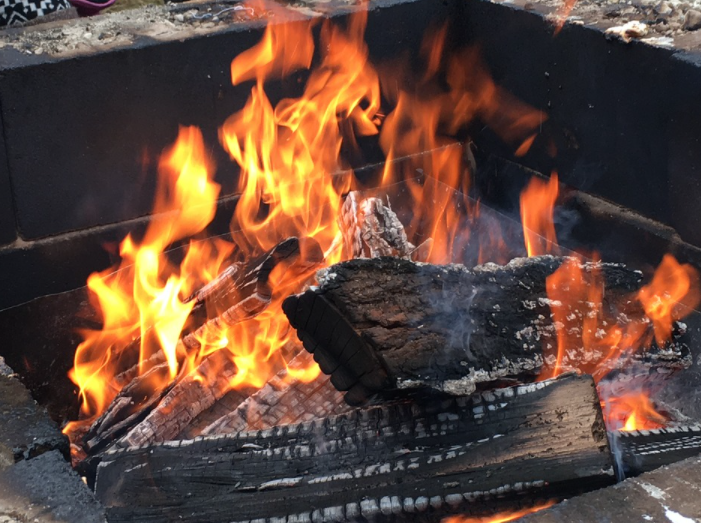
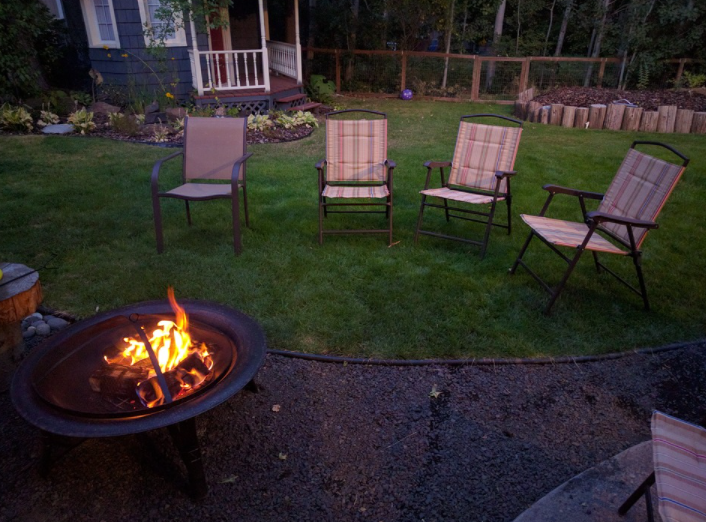
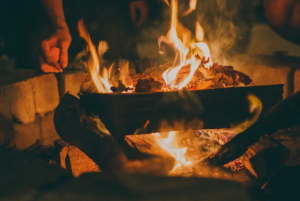 First, you should arrange the pavers in a specific position in the shape of a circle. You can then apply a dot of masonry adhesive to the next paver’s bottom to lift another layer of the ring. It would be best not to lay the paver directly next to the paver below but overlap it (across two gaps). Staggering the pavers not only strengthens the structure but also gives the house a more beautiful look. You can then dry lay the pavers on top of the next layer, continuing to chip away at the paver sections as needed and using masonry adhesive on the bottom of the pavers (be sure to work quickly, as masonry adhesive hardens quickly.)
First, you should arrange the pavers in a specific position in the shape of a circle. You can then apply a dot of masonry adhesive to the next paver’s bottom to lift another layer of the ring. It would be best not to lay the paver directly next to the paver below but overlap it (across two gaps). Staggering the pavers not only strengthens the structure but also gives the house a more beautiful look. You can then dry lay the pavers on top of the next layer, continuing to chip away at the paver sections as needed and using masonry adhesive on the bottom of the pavers (be sure to work quickly, as masonry adhesive hardens quickly.)